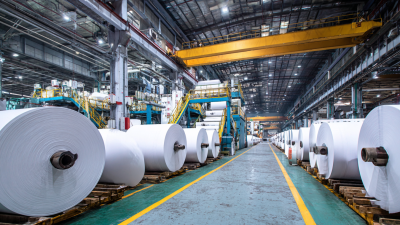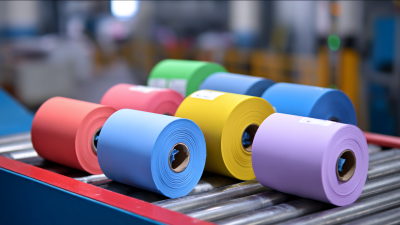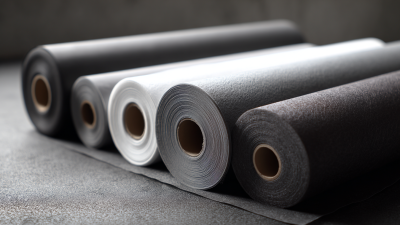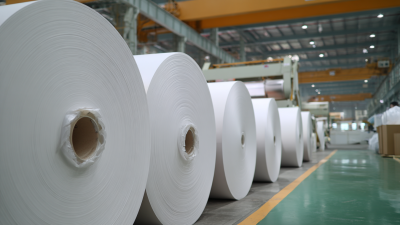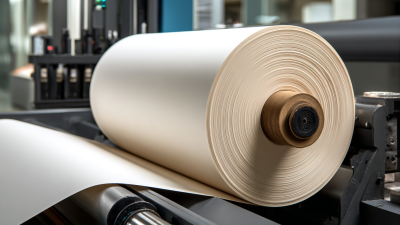In today’s fast-paced world, the demand for efficient and high-quality printing solutions has never been greater, whether for home use or business operations. A4 Thermal Paper stands out as a revolutionary option that caters to these needs, combining convenience, quality, and cost-effectiveness. This ultimate guide will delve into the myriad benefits of using A4 Thermal Paper, highlighting its versatility for various printing applications—from receipts and labels to promotional materials. We will explore essential tips for maximizing the use of A4 Thermal Paper, ensuring that you achieve the best results for your printing projects. Whether you're a small business owner looking to enhance your operational efficiency or a home user eager for upgraded printing capabilities, this guide is your go-to resource for transforming your printing experience with A4 Thermal Paper.
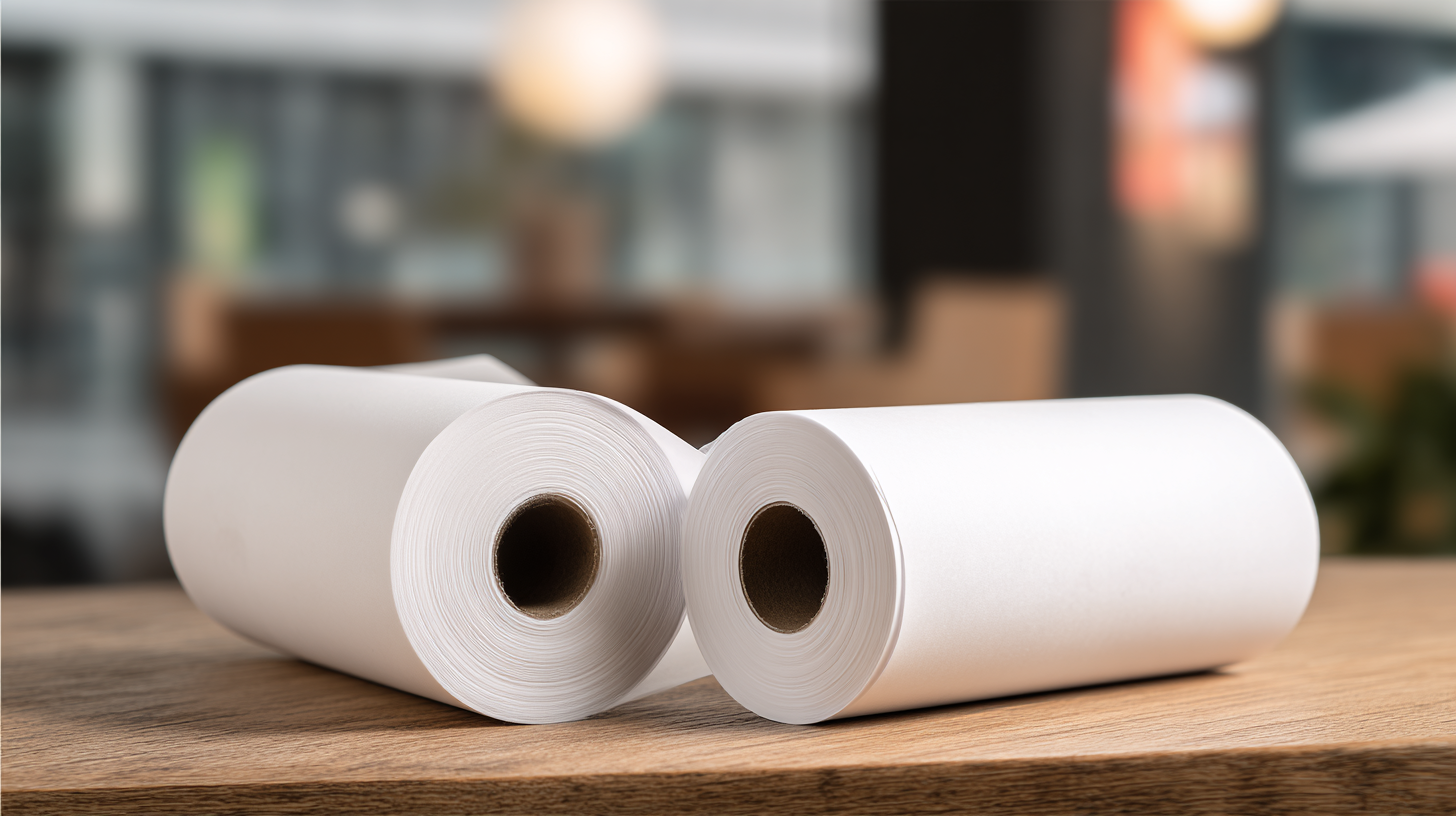
Understanding A4 thermal paper is essential for both home and business printing, as it offers unique types and benefits that can enhance your printing experience. There are primarily two types of thermal paper: direct thermal and thermal transfer. Direct thermal paper is heat-sensitive and produces images through chemical reactions; it is commonly used in receipts and labels. Conversely, thermal transfer paper requires a ribbon, allowing for longer-lasting prints that are resistant to fading, making it ideal for high-quality images and important documents.
According to a recent report by Smithers Pira, the global thermal paper market is projected to reach $4.5 billion by 2026, driven by growing demand in retail, logistics, and healthcare sectors. In home printing, A4 thermal paper empowers users to create high-quality documents without the need for traditional ink cartridges, significantly reducing printing costs. The environmental impact is another factor; many thermal papers are now produced with eco-friendly materials, catering to sustainability-conscious consumers. By understanding the types and benefits of A4 thermal paper, both homeowners and businesses can make informed decisions, streamlining their printing processes while enhancing print quality and efficiency.
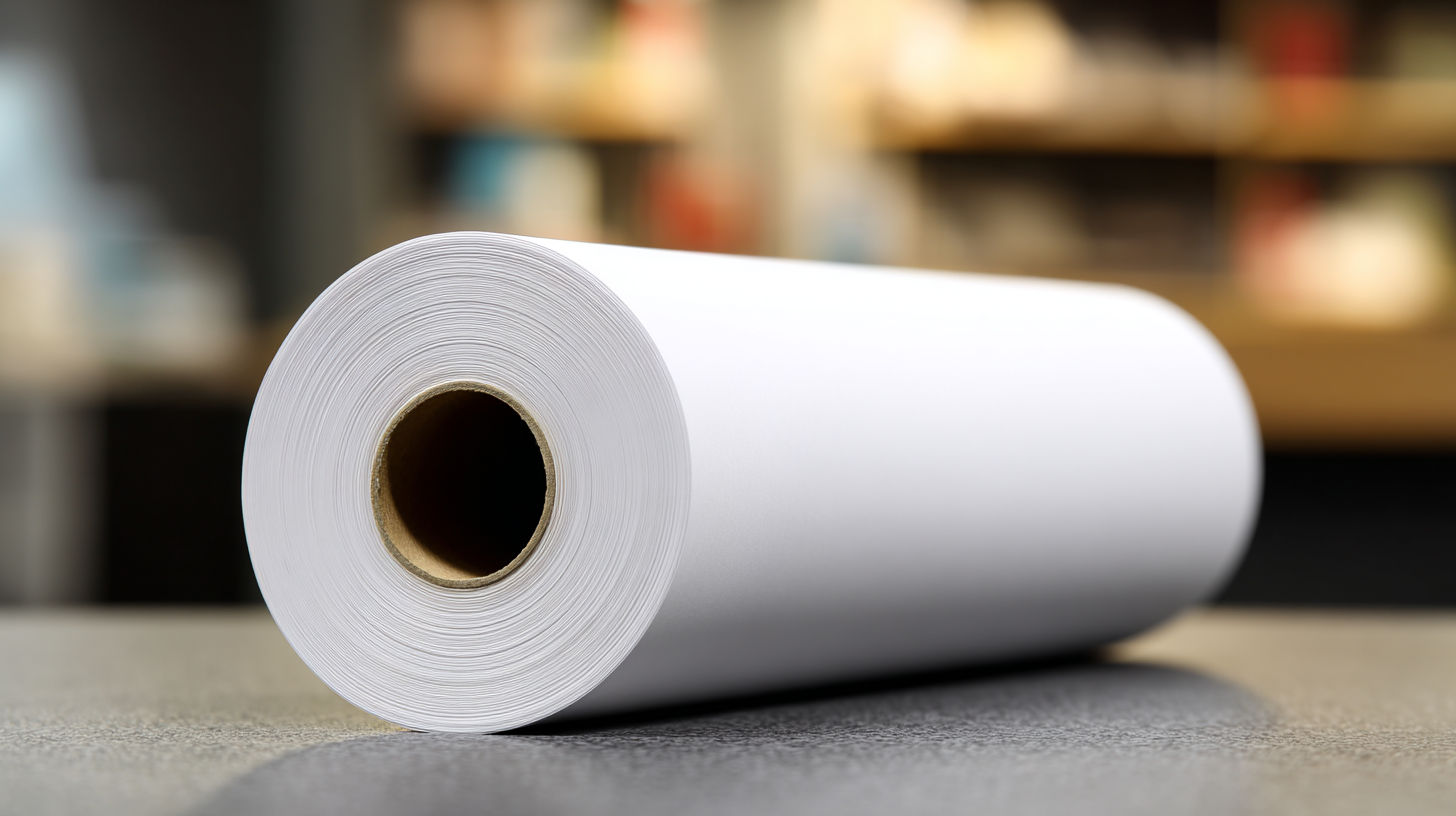
When selecting A4 thermal paper for both home and business use, several key factors should guide your decision. The first important consideration is the compatibility of the thermal paper with your printer model.
Not all printers support A4 thermal paper, so it’s essential to check the manufacturer's specifications to ensure optimal performance. Choosing the right paper type, such as direct thermal or thermal transfer, will also influence the print quality and longevity of your documents.
Another significant aspect to consider is the paper's gram weight and thickness. A4 thermal paper typically ranges from 60 to 80 grams per square meter, and the weight can affect both durability and print clarity. Businesses may require heavier paper for receipts or labels that withstand handling and environmental factors. Additionally, look for features such as moisture resistance and fade resistance, which can enhance the usability and lifespan of your printed materials. By evaluating these factors, you can select A4 thermal paper that best meets your functional and quality requirements.
When it comes to printing on A4 thermal paper, optimizing your printer settings is crucial for achieving the best results. First, ensure that you select the correct paper type in your printer's settings. Most printers come with an option for thermal paper, which adjusts the ink and heat settings to suit the unique qualities of the paper. This simple step can significantly enhance print clarity and reduce issues such as smudging or fading.
Another important setting to consider is the print quality. For A4 thermal paper, using a high-quality setting can provide sharper images and text, especially if you are printing graphics or detailed documentation. Adjusting the print speed can also make a difference; slower speeds typically result in better resolution and finer detail. Remember to regularly clean the printer heads and rollers, as any residue can negatively impact the quality of your prints.
Lastly, consider the environmental factors that can affect printing on thermal paper. Keep the printer in a controlled climate and avoid areas with excessive moisture or heat, as this can warp the paper and lead to unsuccessful prints. By following these tips and making the necessary adjustments, you can maximize the potential of your A4 thermal paper, whether for home use or business applications.
A4 thermal paper is often associated with standard printing tasks, but it offers a versatile range of creative applications for both home and business environments. Beyond typical usage in receipt and label printing, A4 thermal paper can be used for crafting personalized stationery, innovative art projects, or even unique gift wrapping. As the global A4 size paper market is projected to grow significantly, reaching USD 17.6 billion by 2033, the versatility of thermal paper can provide additional value to consumers seeking diverse solutions.
Tips: To explore the creative potential of A4 thermal paper, consider using it to create DIY labels for your home organization projects. Customized labels can enhance your storage and help maintain order in your space. Additionally, think about designing eye-catching flyers or promotional materials to stand out in your business marketing efforts.
Incorporating A4 thermal paper into your project arsenal can also inspire a fun activity for children, like making dynamic artwork that changes color when heat is applied. This interactive approach not only fosters creativity but can also engage kids in learning more about the properties of heat and color.
| Use Case | Description | Benefits | Best Practices |
|---|---|---|---|
| Retail Receipt Printing | Printing receipts for transactions at retail locations. | Fast printing, cost-effective, and easy to use. | Ensure printers are compatible and maintain paper rolls. |
| Shipping Labels | Creating labels for packages and shipments. | Durable, smudge-proof, and quick to print. | Always test print to ensure size and clarity. |
| Inventory Management | Printing barcode labels for inventory tracking. | Efficient organization and tracking of stock. | Regularly update labels to reflect current inventory. |
| Event Ticketing | Generating tickets for events and concerts. | Professional appearance and easy distribution. | Design tickets with clear QR codes for easy scanning. |
| Custom Labels for Products | Labeling products with branding and ingredients. | Enhances brand recognition and compliance. | Use waterproof materials for durability. |
Maintaining your printer and A4 thermal paper is essential for ensuring longevity and quality in your printing tasks. Regular maintenance of your printer can significantly reduce the need for repairs and improve overall performance. Start by keeping the printer clean, focusing on the print head and interior components that can accumulate dust and debris over time. Utilizing a soft, lint-free cloth, gently wipe the surfaces, and run printer maintenance utilities to clean the print nozzles and align them as needed.
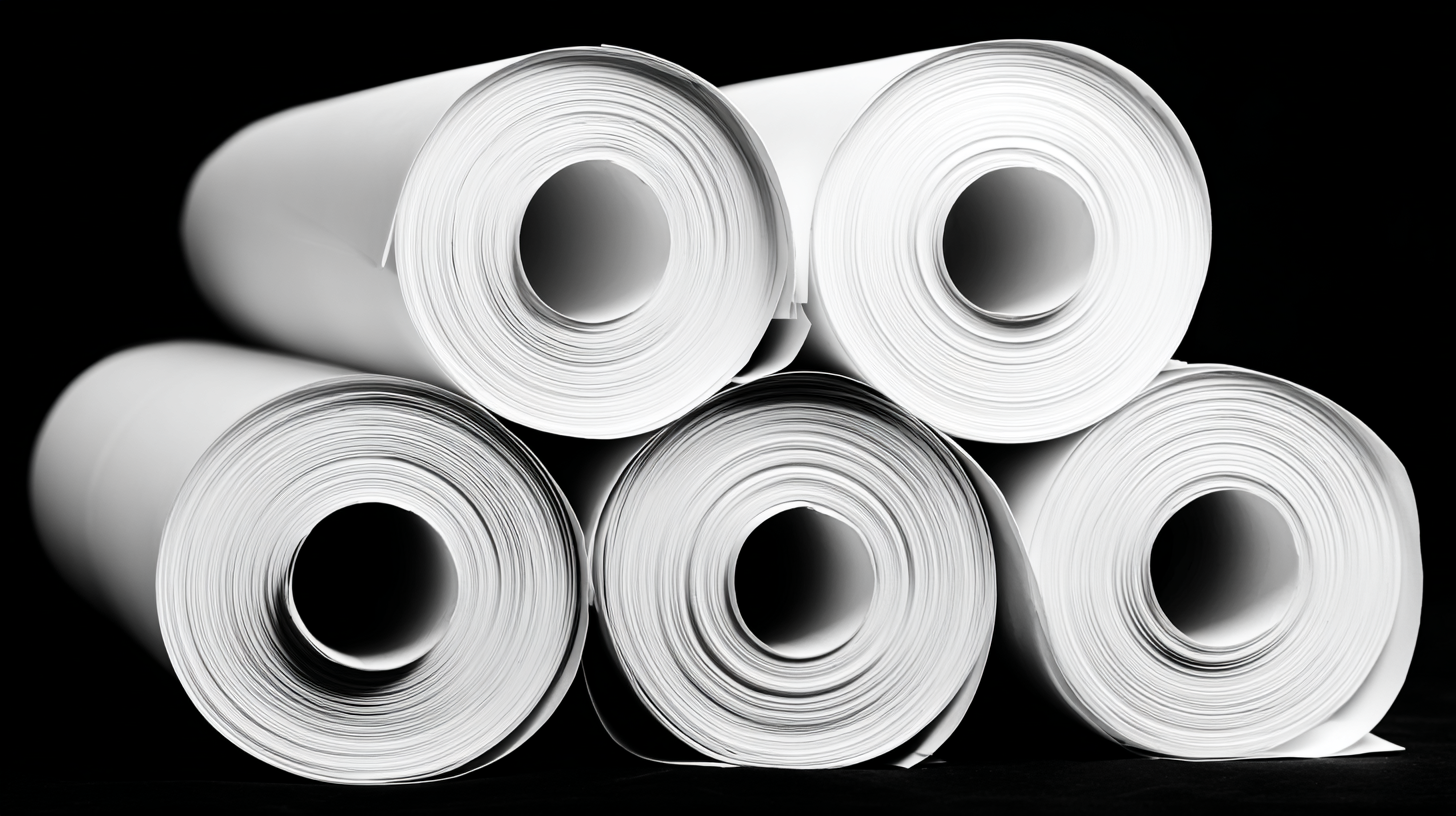
When it comes to A4 thermal paper, proper storage is key to achieving optimal results. Store the paper in a cool, dry environment away from direct sunlight to prevent degradation of the thermal coating. Additionally, avoid exposing the paper to extreme temperatures or humidity, as this can affect print quality and responsiveness. Periodically check your inventory and rotate your stock to ensure that older reams are used first, helping maintain freshness and quality in applications. By following these guidelines, you'll not only extend the life of your printer but also ensure that your printed materials are sharp and professional.
